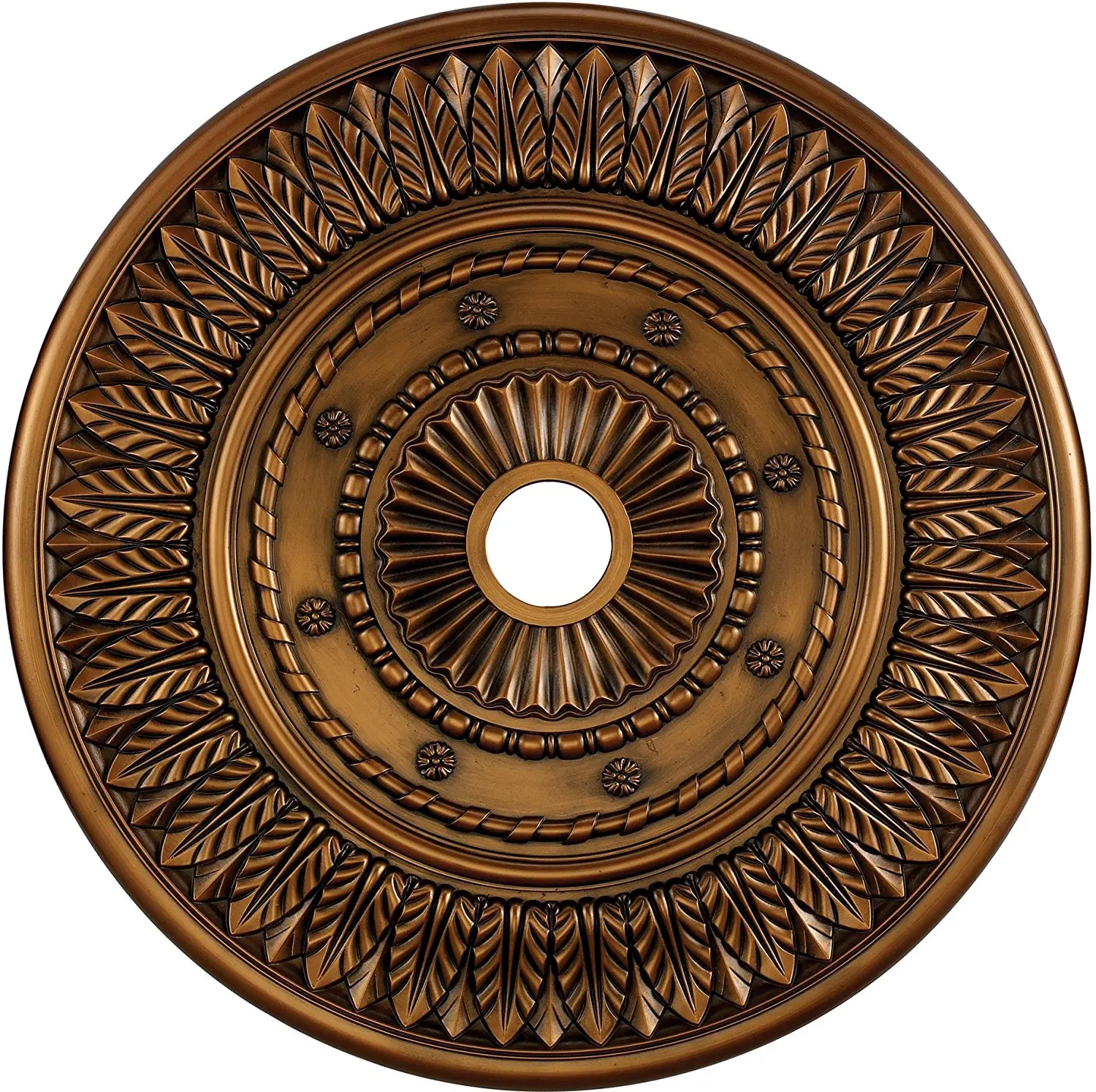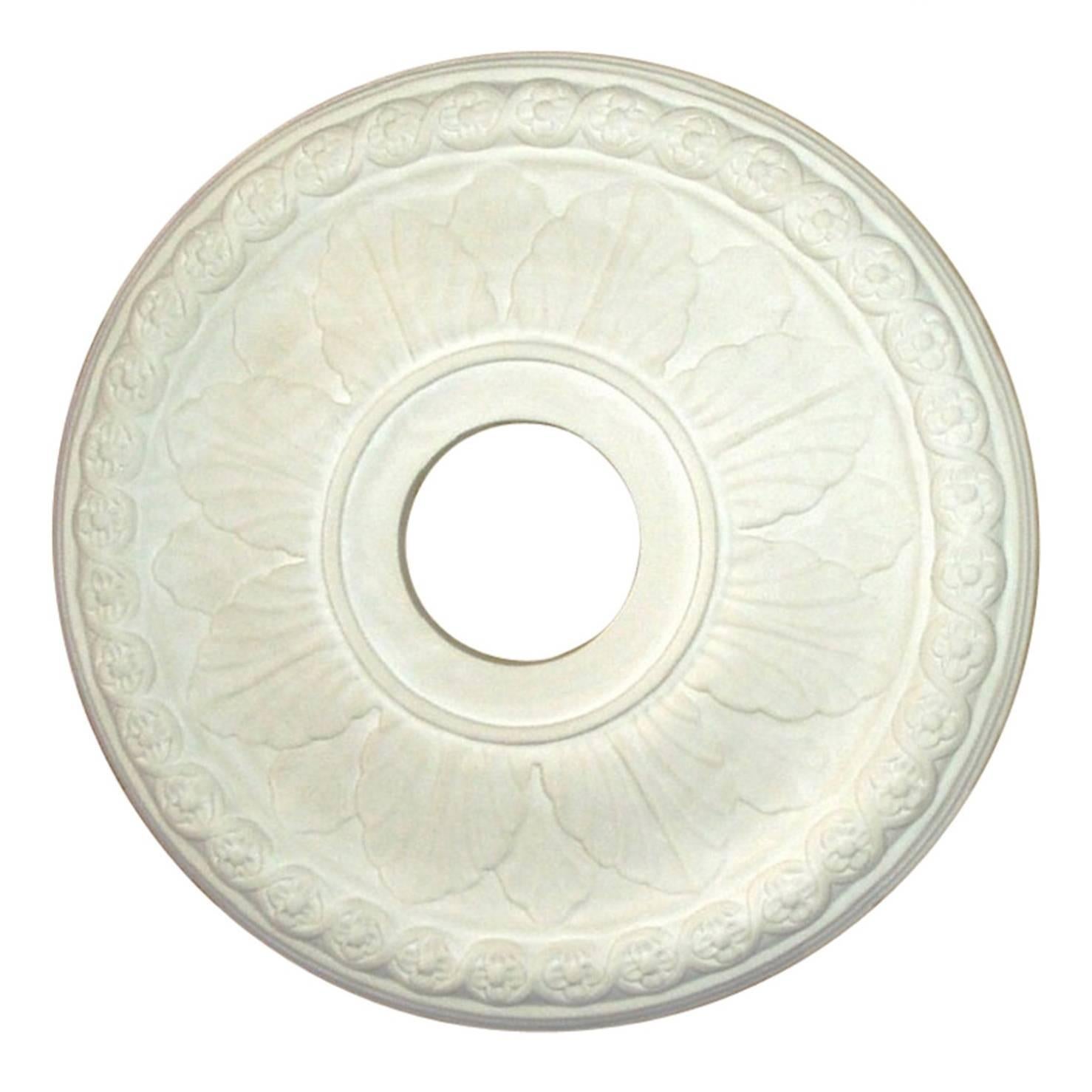

Victorians knew their cornice brackets had no structural value they were polite introductions between the sharp angles of walls, cornices, and columns. Cast-iron filigree on roof ridges softened and made civil the points at which buildings met the sky. Formal relationships were the glue that affected everything, including architecture and interior design.
PLASTER CHANDELIER MEDALLION MANUAL
Since the 1920s it has been fashionable to ridicule stiff-necked Victorians for their obsession with etiquette, which made Hill’s Manual of Social and Business Forms of 1870 a best-seller with a half-million copies in print by 1900.

And in Victorian rooms, the color combinations are a key component in harmonizing spaces. To add a decorative medallion, look to the past for inspiration.

Victorian ceiling medallions of cast plaster were commonly isolated at the center of a ceiling, often above a lighting device attached to a ceiling joist.

On neoclassical ceilings, cast plaster medallions were juncture points of an elegant applied pattern that was a self-sufficient work of art, especially when delicately painted with Wedgwood colors. Their colors were linked to the framework. Their geometric shapes of circle, oval, rectangle, or square appeared at the juncture points of a robust carved wood framework for the artworks of Renaissance, Baroque, and Rococo decorated ceilings. Medallions are rooted in these structures.Ĭeiling medallions are decorative features attached to a ceiling, suspended from the floor joists of the space above. A popular decorative option was treating them as a heraldic device, appropriately polychromed. A stone boss, especially in a cross-vaulted ceiling, was a structural keystone, while a wood boss was applied. The ceilings of Gothic churches, cloisters, and cathedrals were without an attic and revealed the wood or stone structure of the roof, often further decorated at its juncture points by ceiling bosses-projecting ornaments applied at the intersection of ribs, beams, groins, and the like that were generally carved with intricate details. Should you decide to be a crusader for America’s most neglected interior surface, some suggestions about integrating the colors of Victorian ceiling medallions with other wall colors will help you revive a grand tradition of Victorian interior decoration. However, this wasn’t always the case-Victorian-era houses often had highly ornamental ceilings, and many upscale older houses could benefit from adding traditional medallions. Alas, looking up at ceilings of homes built after World War II has few rewards, because often nothing is there, not even a hint of color, because they are slathered with “ceiling white.” That’s why the most neglected surface of today’s interior decoration is the ceiling. (Photo: Andy Olenick)īiblical advice about looking up is good guidance today, from seeing the high hanging architectural fruits of old and distressed downtowns, to searching for signs The Great Recession will soon be over. Steve Jordan touches up a medallion in the double parlors of the Landmark Society of Western New York.


 0 kommentar(er)
0 kommentar(er)
